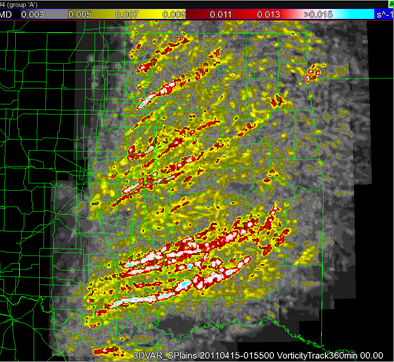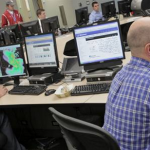Researchers are constantly studying new ways to help weather forecasters utilize the vast amount of data provided by the nation’s Doppler radar network. Thea Sandmael is using her meteorological and computer programming skills to get them the information they need to issue life-saving severe weather forecasts and warnings to the public.
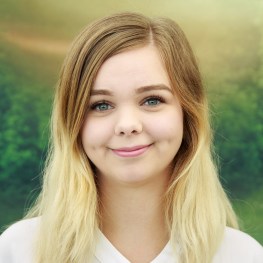
Sandmael develops computer programs to automatically examine radar observations and discriminate between tornadic and non-tornadic storms. In addition, she is testing enhanced ways computers process radar storm data and identify certain features for forecasters as they use the data to monitor thunderstorms. One of the experiments she’s leading tests a New Tornado Detection Algorithm, or NTDA. The NTDA utilizes machine learning to provide the probability of a tornado’s presence in a storm.
She is a research associate at the University of Oklahoma Cooperative Institute for Mesoscale Meteorological Studies, supporting NOAA’s National Severe Storms Laboratory. Originally from Norway, Sandmael received her masters and bachelor’s degrees in meteorology from OU.
Q: How did you get into your field?
A: I decided I wanted to be a meteorologist in middle school to combine my passion for science, math and performing — I wanted to be a broadcast meteorologist. I was a science major in high school (we have majors in high school in Norway), and decided I’d rather do the science part full time. I was becoming more interested in natural disasters, which led me to severe weather. I ended up googling universities in “Tornado Alley” as a freshman in high school and I found out about OU and its meteorology program. I decided I wanted to travel to the other side of the world to study tornadoes and I never left.
Q: Describe the path leading up to your current job.
A: I was taking a break from OU’s PhD program, trying to balance family life while waiting to get treatment from migraines. About a month in this position opened up, which was exactly what I wanted to do with my life, and it turned out I didn’t even need a PhD to do it! They decided to offer me the job, and I chose to quit my PhD program for my dream job.
Q: What is it about your job that interests you?
A: On a day-to-day basis, I find the programming part of my job to be the most interesting and fun. I love coding and have grown fond of C++ and finding ways to solve problems or increase efficiency. Overall, I think the R2O, or research-to-operations, possibilities of the job is the most rewarding — where you potentially get to see your research used by forecasters to make their jobs of saving lives easier.
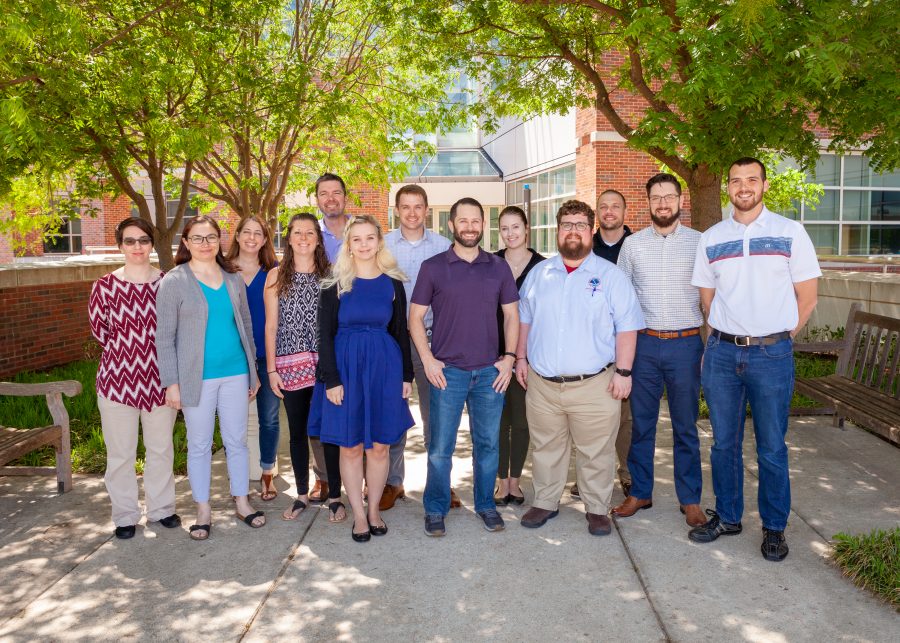
Q: Tell us something that might surprise us about you
A: I was a guest on a nationally televised live talk show back in Norway that was watched by one million people, which is about one-fifth of Norway’s total population, and I was on the front page of Norway’s largest newspaper (about storm chasing).
Q: What is your personal philosophy?
A: Try to help others when you can, be kind and empathetic, and stand up to injustice.
Q: What is one thing you couldn’t live without at work?
A: The Linux “super” key + arrow button to split my applications on the screen.
Q: Where is your favorite place to be?
A: Anywhere with my daughter and husband, preferably on a beach somewhere warm or at home.
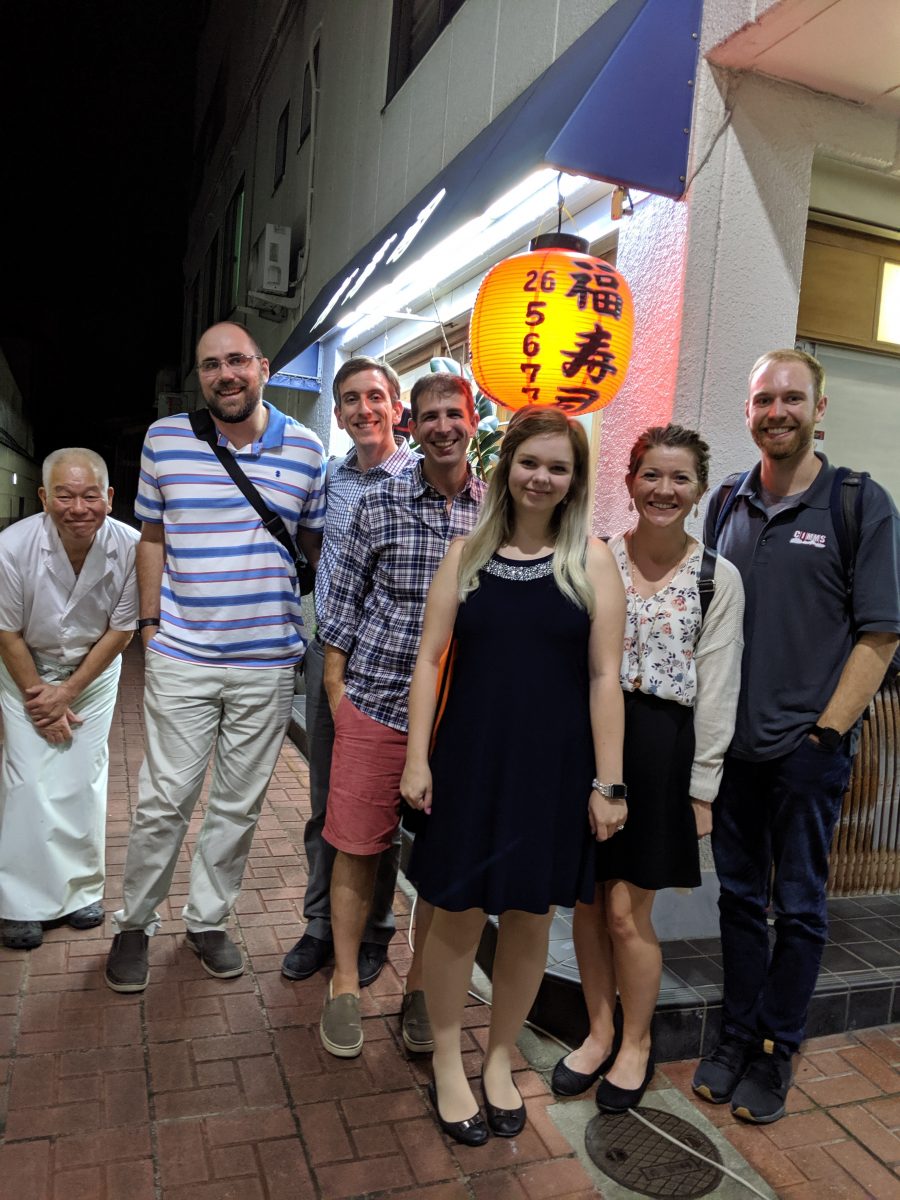
Q: How do you define success?
Being happy at no one else’s expense, and having a positive impact on other people’s lives.
Q: What is the best book you’ve ever read?
That’s got to be the “Lord of the Rings” trilogy by J.R.R. Tolkien (so much better than the movies, which are also great). I’m currently really enjoying “The Wheel of Time” series by Robert Jordan, and waiting for the new book in “The Stormlight Archive” series by Brandon Sanderson.
Q: Describe your typical day.
A: Get up, listen to an audiobook on the way to work, work, pick up my kid and take her to her dance classes, knit, go home to eat dinner as a family, do something fun together (watch TV shows, play board games or video games), do something fun alone (cross-stitch, knit, phone), sleep. Currently, I’m working as a homeschool teacher, as well as having a full-time job as a research meteorologist, trying to have enough time and energy to cook and clean as normal, and to stay safe and healthy not leaving the house.

